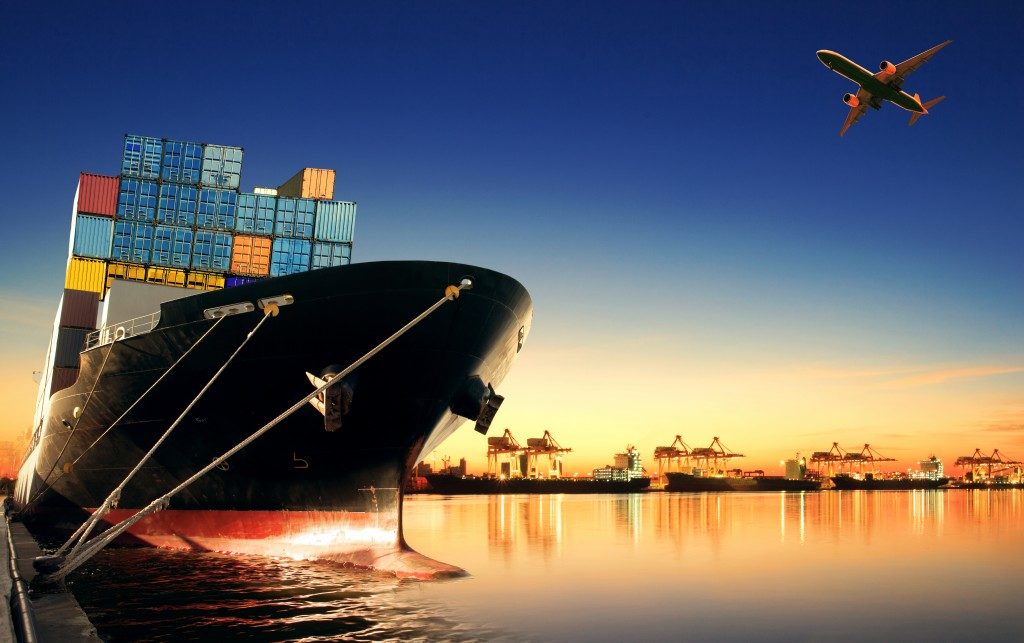 Since ancient times, international trade has relied heavily on sea routes to transport various goods. However, these routes were plagued with plenty of risks, such as bad weather, piracy, collisions and so on. These dangers led to marine insurance, which is believed to be the oldest form of developed insurance cover.
Since ancient times, international trade has relied heavily on sea routes to transport various goods. However, these routes were plagued with plenty of risks, such as bad weather, piracy, collisions and so on. These dangers led to marine insurance, which is believed to be the oldest form of developed insurance cover.
Marine insurance offers coverage for damage and loss of freight, damage to the environment by the vessel, death of crew members and passengers, and more. In many countries, it’s obligatory for shipowners to buy marine insurance policies to ensure that risk can be managed with minimal funds involved.
Marine insurance companies provide different types of coverage for ship owners, cargo owners and charterers. Depending on the nature and scope of a client’s business, they can opt for more than one type to minimise the effects of risk to their business.
Here are five types of marine insurance:
1. Hull and Machinery (H&M)
Hull and machinery (H&M) insurance covers the physical damages or destruction to a vessel due to collision, fire and explosion, earthquakes and other perils at sea. This type of insurance also covers loss or damage to the propulsion machinery. Claimants can opt for H&M to cover a single vessel or the entire fleet of a shipowner.
2. Cargo
Marine cargo insurance caters specifically to passengers of vessels, as well as people or businesses that have their cargo transported by sea. The insurance covers loss or damage of goods and belongings due to perils like fire and explosion, the sinking of the vessel and collision of the ship, to name a few.
3. Liability
 Liability insurance provides compensation for the damage caused by a shipping business during its operations. This insurance type mainly covers personal injuries by the ship’s crew, dock workers, ship visitors and passengers. Liability insurance also pays for 25 per cent of the damage caused by a ship’s collision with another vessel, with H&M covering the remaining portion.
Liability insurance provides compensation for the damage caused by a shipping business during its operations. This insurance type mainly covers personal injuries by the ship’s crew, dock workers, ship visitors and passengers. Liability insurance also pays for 25 per cent of the damage caused by a ship’s collision with another vessel, with H&M covering the remaining portion.
Other risks compensated by liability insurance include collision with navigation buoys, pollution, removal of wreck, and fines and fees imposed to the shipowner by customs or immigration authorities.
4. Freight, Demurrage and Defence (FD&D)
Unlike other insurance types that cover damages due to risk, freight, demurrage and defence (FD&D) insurance compensates legal costs associated with unexpected events and accidents. It protects ship owners and charterers, especially merchant traders, against the financial risks from the loss or delay of cargo at the port. The insurance also offers claims assistance for a wide variety of contractual commitments, like the sale and purchase of the ship, vessel repairs and disputes with shipbrokers.
5. Protection and Indemnity (P&I)
Because of the international nature of the shipping industry, there are some solutions not provided by insurers. This is where protection and indemnity (P&I) insurance comes in, as it covers liabilities and risks by charterers to third parties that are not covered by other types of insurance. These include risks connected to the ownership of the vessel, war and environmental damage, stowaways and their repatriation, and salvage operations.
The shipping industry continually faces a variety of risks, including damage of the vessel, loss of cargo and death. Marine insurance helps to reduce the effects of these unexpected events on claimants, whether they’re ship owners, cargo owners or passengers. Different types of coverage are available, and claimants can choose one or several options based on their needs.
